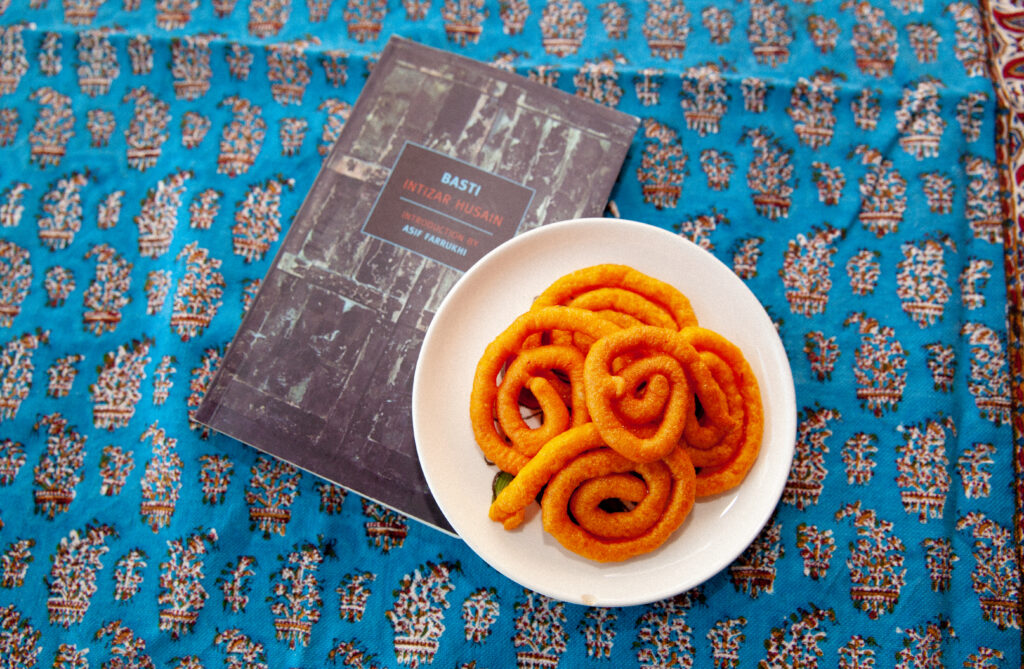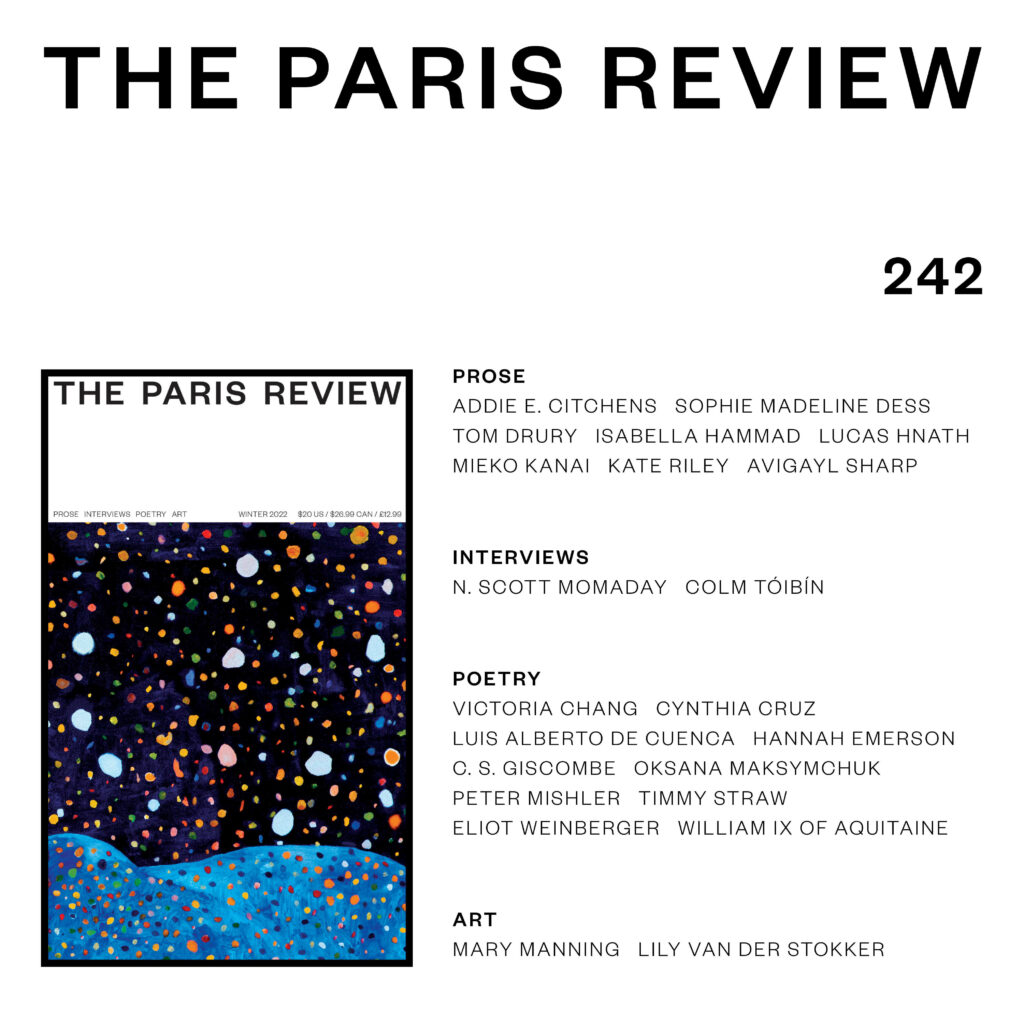Day One
Productivity experts say that people shouldn’t sleep in the same area they work in, but what is bad for productivity is good for me. I wake up on the cheap, stained mattress I have next to my work area. To the right of the mattress are a lamp I bought because it looked like it belonged in a private investigator’s office, six guitar pedals, my guitar, and my laptop. There’s also my wooden desk, the drawers of which are filled with guitar picks and bug spray. I usually spend all day here drawing, playing with Photoshop, recording music, podcasting, watching stuff on YouTube, and staring off into space. I’ve lived in this apartment for four months, and in Austin for twenty, but I feel like I’ve lost track of time. In Austin, it’s easy to do that.
On the mattress I watch Lawrence of Belgravia, a documentary I’ve been avoiding because I don’t want the images of people I admire tarnished by knowing too much about them. It’s about Lawrence Hayward, the front man for the English eighties and nineties bands Felt, Denim, and Go-Kart Mozart. Lawrence (who goes by just his first name) never did anything not great, but at what cost! The doc shows him burning through bandmates and spiraling into homelessness and addiction before ending up, in his fifties, in a London council flat designed by Ernö Goldfinger. There’s a wonderfully OCD quality to Lawrence, who at one point explains his preference for white shirt buttons and at another specifies the only kind of guitar pick his band members are permitted to use. In the film, he intently studies the books and LPs that have inspired his songwriting: we see him examine the bindings, the liner notes, an image of Lou Reed. Why, he wonders, hasn’t he achieved stardom? It’s clear that some personal idiosyncrasies have hindered his progress. He talks about how great it would be to have his own private jet, but he refuses to own a phone or a computer. “Nobody has ever made any money on the internet,” he says, which makes me respect him even more. Out-of-touch people are the people I respect most these days.
Day Two
Today is the publication day of a book I wrote with my friend. I can hardly keep my eyes open; I’ve been working nonstop. I have a podcast episode to release about the history of American utopian experiments, and I have no idea how I’m going to ship all these books. I haven’t bought any shipping supplies because I didn’t think I would sell any copies. When you don’t live in a major-market city, it can be difficult to gauge public interest in what you’re doing.
Copyright
© The Paris Review



















